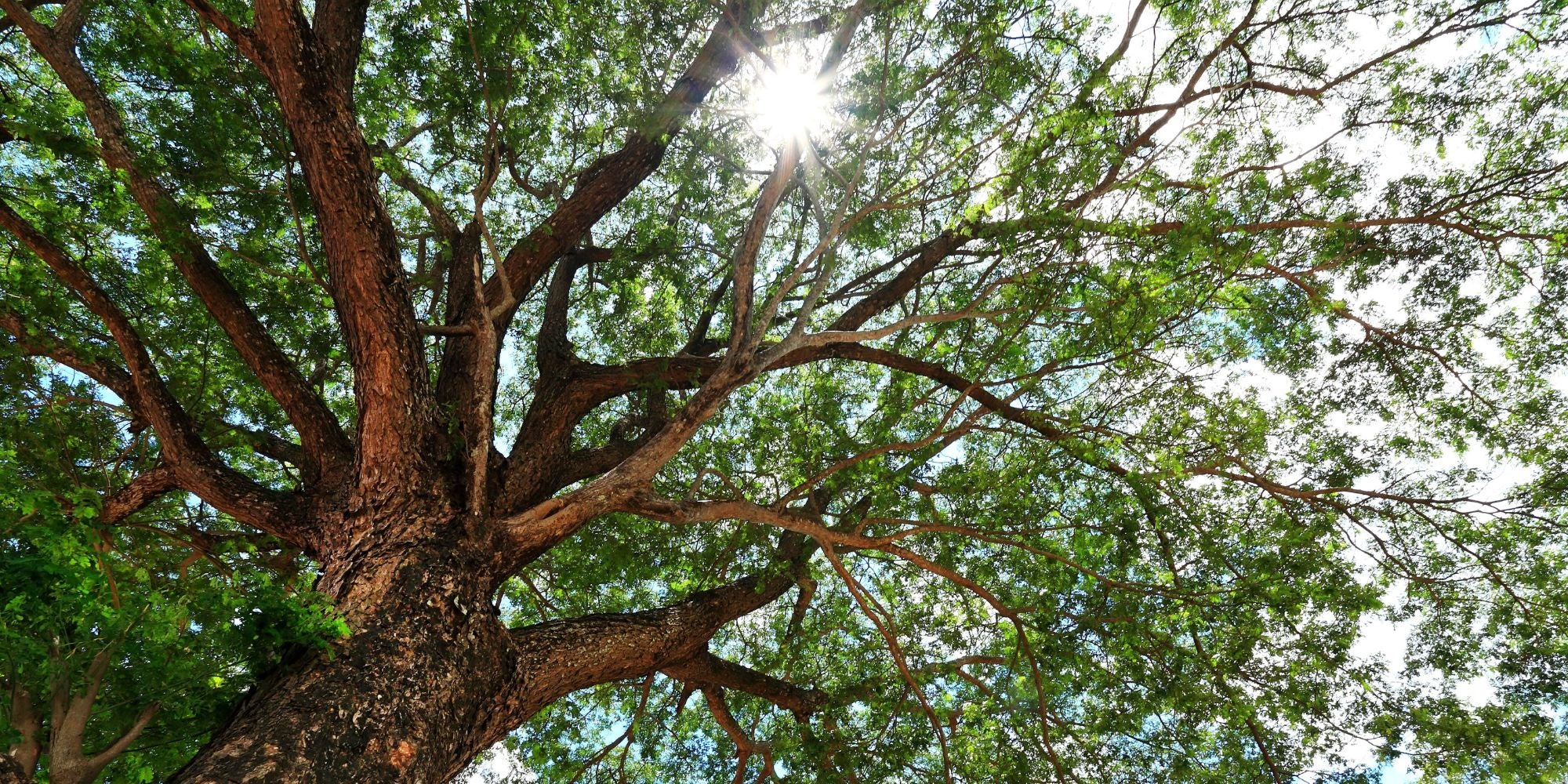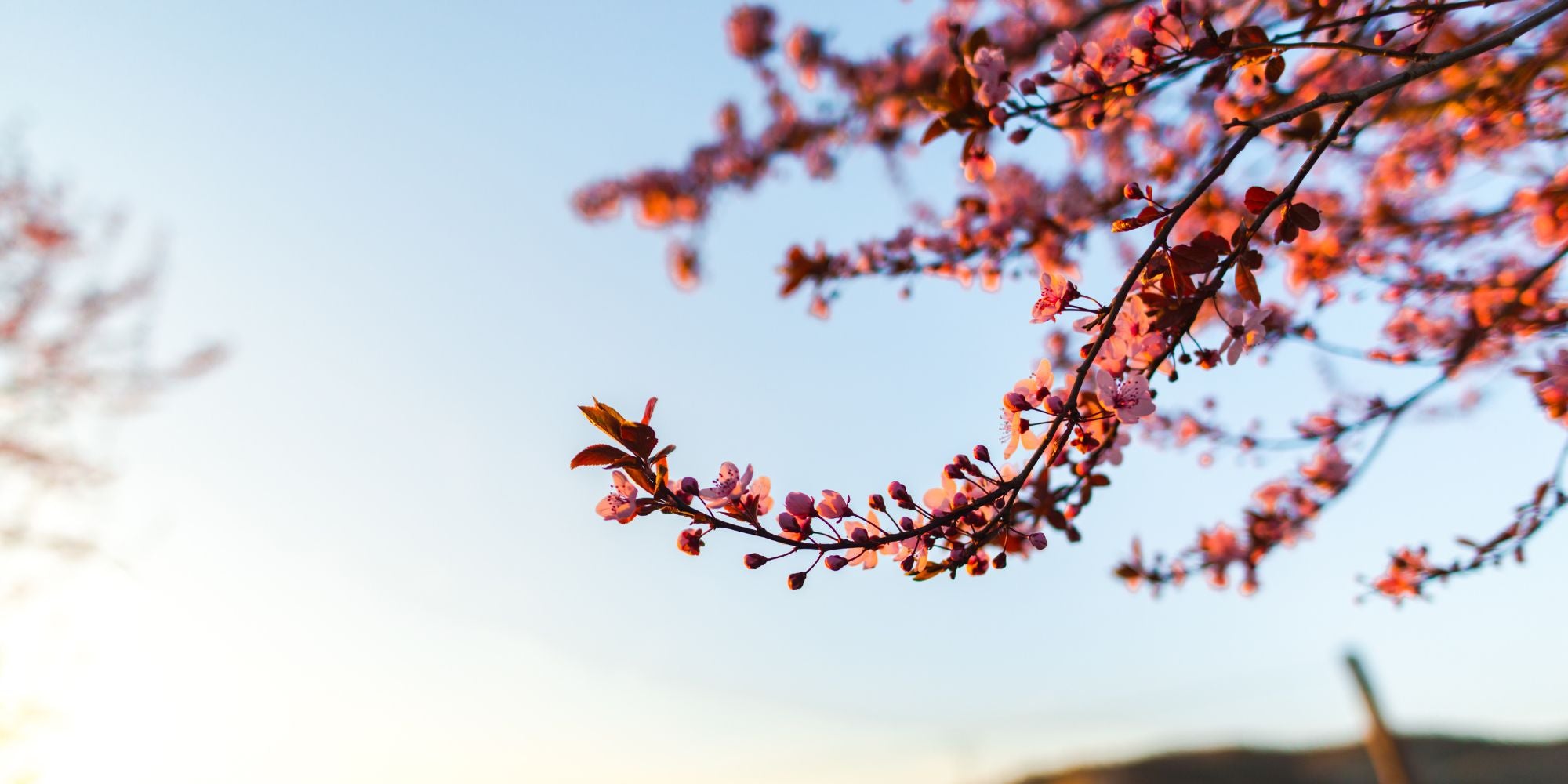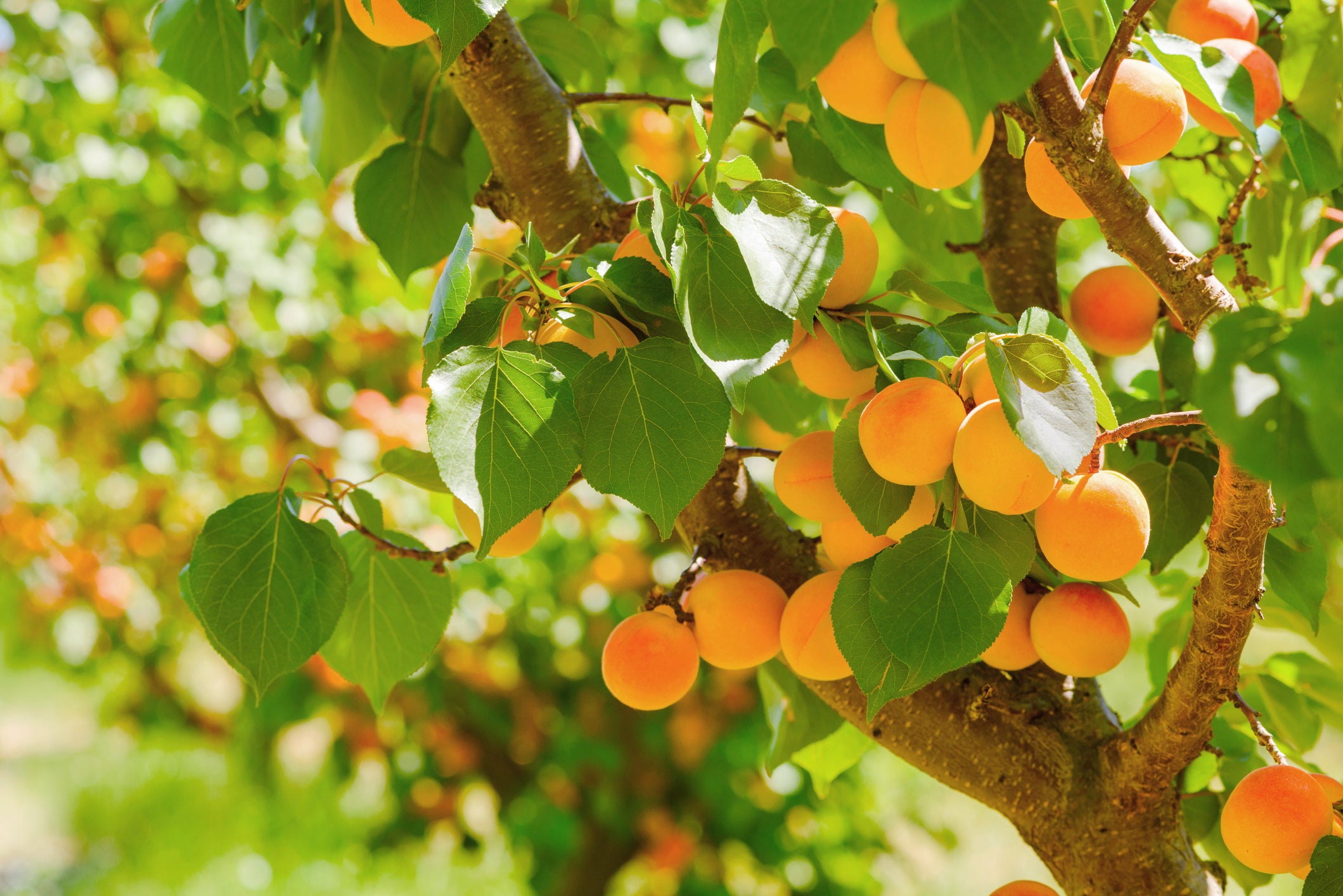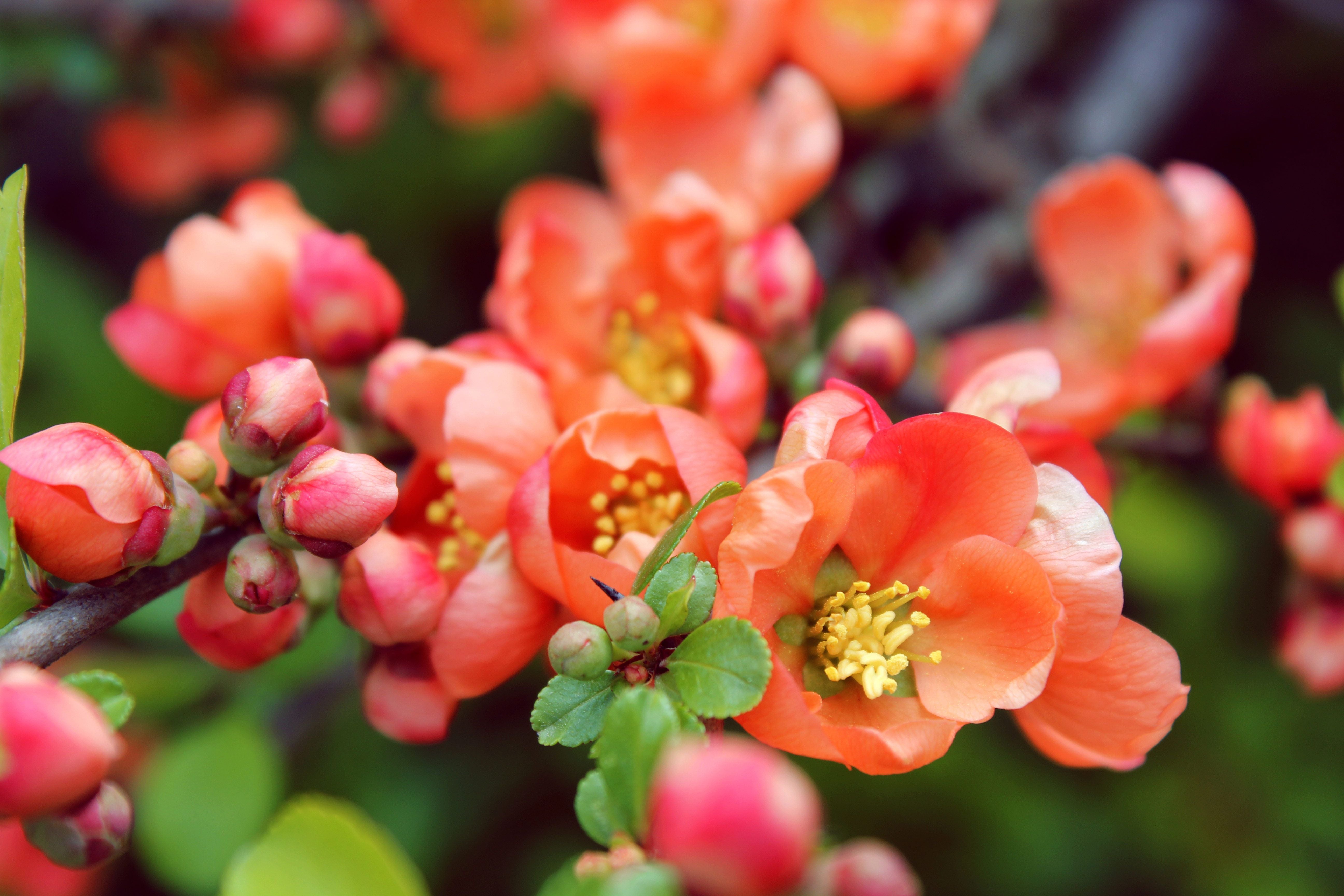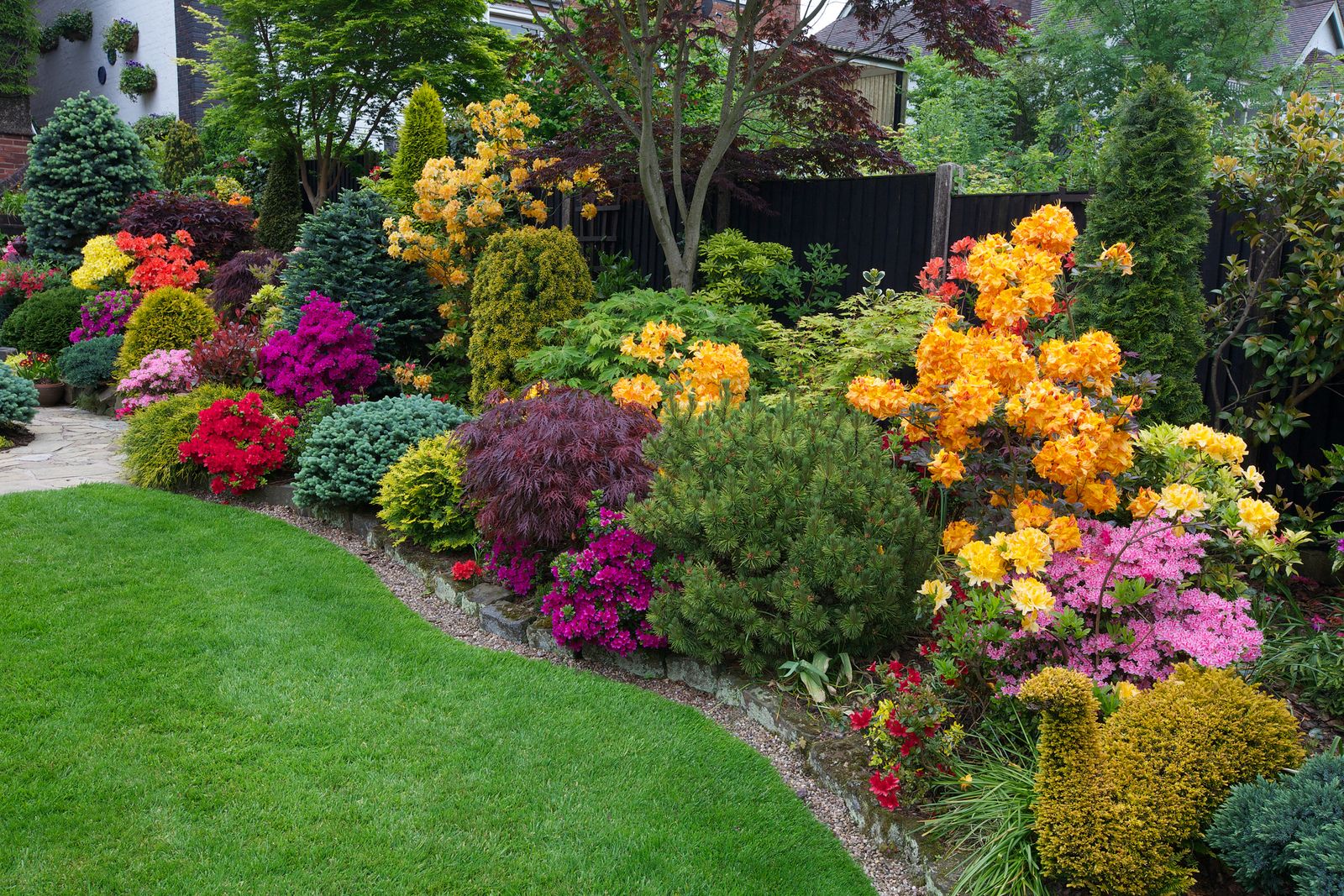Hybrid American Chestnut: A Tree with a Purpose
The hybrid American Chestnut tree is more than just a towering beauty. It’s a tree that does a lot of good for both the environment and your backyard. These trees are resilient, fast-growing, and they bring back a piece of history that was nearly lost. Plus, let’s not forget the nuts—they’re not only delicious but actually healthy. Chestnuts are low in fat and packed with fiber, making them a guilt-free snack, which is more than you can say about most holiday treats.
On top of that, planting a chestnut tree is a great way to contribute to environmental restoration. Before chestnut blight wiped out millions of these trees, they were a vital part of North American forests. Today, hybrid American Chestnuts are helping restore that balance. Plus, you’ll be providing food for wildlife—deer, squirrels, and turkeys are big fans of chestnuts. It’s a win-win for everyone involved.
But it doesn’t stop there. These trees play a critical role in restoring ecosystems that have been damaged by the loss of their ancestors. Chestnuts enrich the soil, prevent erosion with their robust root systems, and act as natural carbon sinks, pulling CO2 out of the atmosphere and storing it in their wood. Whether you’re an environmentalist, a wildlife enthusiast, or just someone who enjoys shade and snacks, hybrid American Chestnuts deliver on all fronts.

Growth Rate and Development
One of the best things about hybrid American Chestnuts is that you won’t be waiting around forever to see results. These trees grow fast—about 2-3 feet a year if they’re in a happy spot. In 15 to 20 years, they can hit impressive heights, between 50 and 100 feet, giving you a majestic tree that stands out in your landscape. All they need is plenty of sunlight and some well-draining, slightly acidic soil, and they’ll be off to the races.
Their lifecycle starts with establishing a strong root system in the first few years, which helps anchor them in the soil and draw up nutrients from deep below. These roots don’t just support the tree—they also help prevent soil erosion, especially on slopes or hilly terrain. Once the roots are established, you can expect flowering and the first nut production in about 5 to 7 years, with full maturity around 10 to 15 years. By then, your tree will be a reliable nut producer for decades to come.
Of course, as with all things in nature, growth rates can vary depending on environmental conditions. A hybrid chestnut planted in optimal conditions—plenty of water, cooler temperatures, and rich soil—will thrive. On the flip side, trees in hotter, drier regions may grow more slowly and produce fewer nuts. But as long as they’re given the right care, hybrid chestnuts are generally low-maintenance and resilient.
Pollination and Nut Production
Hybrid American Chestnuts are not self-pollinating, so if you want a good harvest, you’ll need at least two trees to get the job done. Chestnuts rely on wind pollination, where the pollen from the male flowers (called catkins) drifts over to the female flowers on another tree. Ideally, your trees should be planted within 100 feet of each other for effective pollination.
After pollination in late spring or early summer, the nuts begin to develop inside spiky, protective burs. By fall—usually around October—the burs split open and drop the chestnuts to the ground. It’s at this point you can gather your bounty, roast them up, and enjoy the fruits (or nuts) of your labor. Once hybrid chestnuts start producing, they’ll do so reliably year after year, making them a long-term investment in both your landscape and your pantry.
Challenges and Benefits of Growing Chestnut Trees
Growing hybrid American Chestnut trees isn’t overly difficult, but like any plant, they do come with their fair share of challenges. While the hybrid version is resistant to the blight that wiped out its ancestors, there are still a few pests and diseases to watch out for. Japanese beetles are known to munch on the leaves, and root rot can become an issue if the tree is planted in overly wet conditions. Regular monitoring and some organic pest control can usually keep these issues at bay.
Despite these potential challenges, the benefits far outweigh the risks. Hybrid chestnuts are hardy trees that thrive in USDA Hardiness Zones 4 through 8, meaning they can handle a wide range of climates. They’re also relatively drought-tolerant once established, although they’ll grow faster and produce more nuts with consistent watering. Over time, they’ll grow into massive shade trees, providing a cool retreat in the summer and an annual harvest of chestnuts.
Environmental and Economic Impact
Beyond the backyard, hybrid American Chestnut trees play a key role in larger ecological and economic systems. Reintroducing chestnuts into the wild helps restore balance to forests that have been overrun by less diverse tree species. Chestnuts bring much-needed biodiversity back to these areas, supporting a wide range of wildlife and enriching the soil with their leaf litter.
From an economic perspective, chestnut trees also offer great potential. As a crop, chestnuts are growing in popularity, especially in the health food market. Chestnut flour is a popular gluten-free option, and the nuts themselves are high in demand for their nutritional value. On top of that, chestnut wood is highly valued for its durability and rot resistance, making it a potential resource for sustainable timber production.
By planting hybrid chestnut trees, you’re contributing to a broader movement that’s helping to reshape landscapes and economies.


